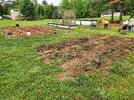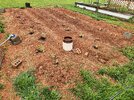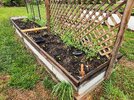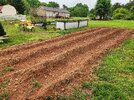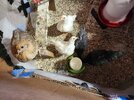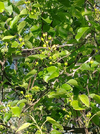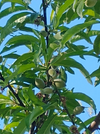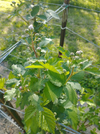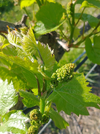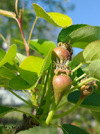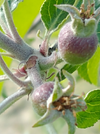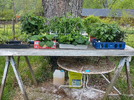Keep them watered and you might be surprised. Maybe give them a shot of acidic fertilizer also.
Fire blight has almost killed all my pears, European and Asian. Fire blight and cedar apple rust have taken a toll on my apple trees as well.
View attachment 770349
This is my apples & pears before I started using the New Bio fungicides.
Being organic growers since 1972 these new weapons against Blights, fungal, bacterial, & Viral have been a real GAME CHANGER. 😀
Last season we had a few dead tips on the Apples & pears, not the awful die off of tips we had before, the peaches although barren of fruit
had no issues with their leaves. 😃 My trees look healthy & full of fruit this season, these Bio fungicides are working miracles on both our fruit
& vegetables.
It took 2 seasons of spraying every 7 days with both BFs to cover everything:
It's never too late to start spraying with:
Back in 1972 we, Organic Growers were blending bad bugs up & spraying them back on the plant. 🤪 YEP!
Can't tell you how it worked but it did somehow. LOL
Organic growers try not use products that can target & kill non pest bugs & bacteria. So when a living Bio Fungicide was developed no one really knew just how important it really was.
Just this spring I saw an Organic supplier say you may want to water your seedlings with bio Fungicides to prevent Damp Off etc. I started 2 seasons ago & have perfect healthy seedlings. 😉
Last edited:


